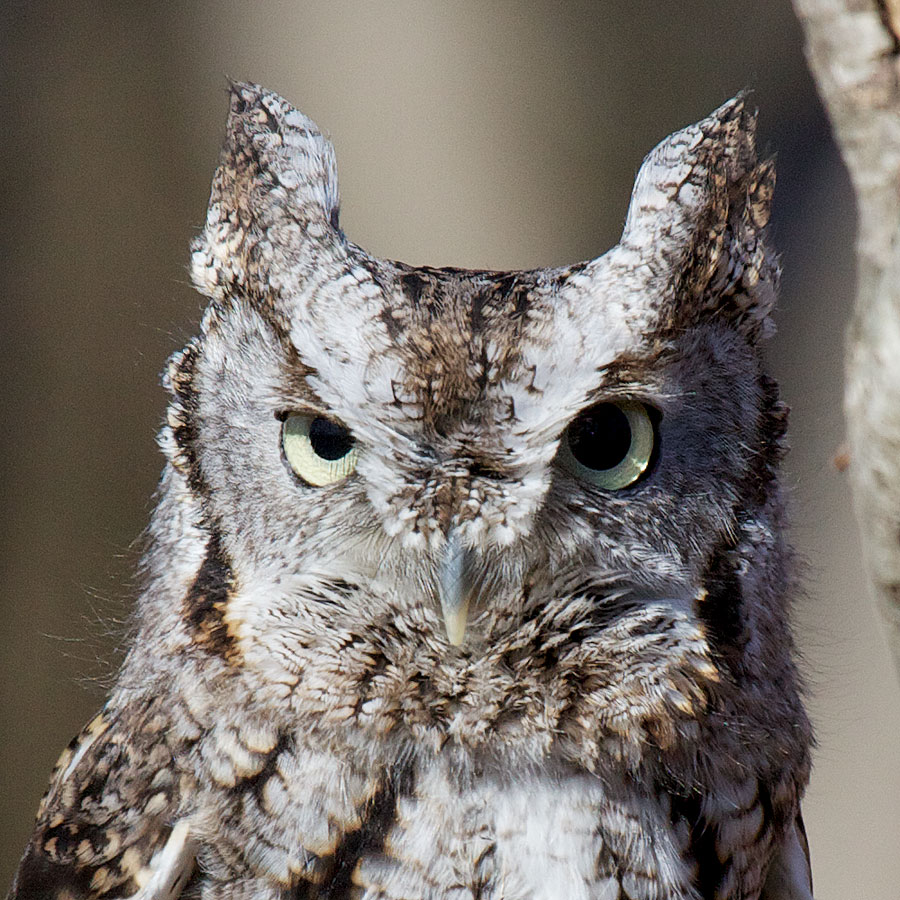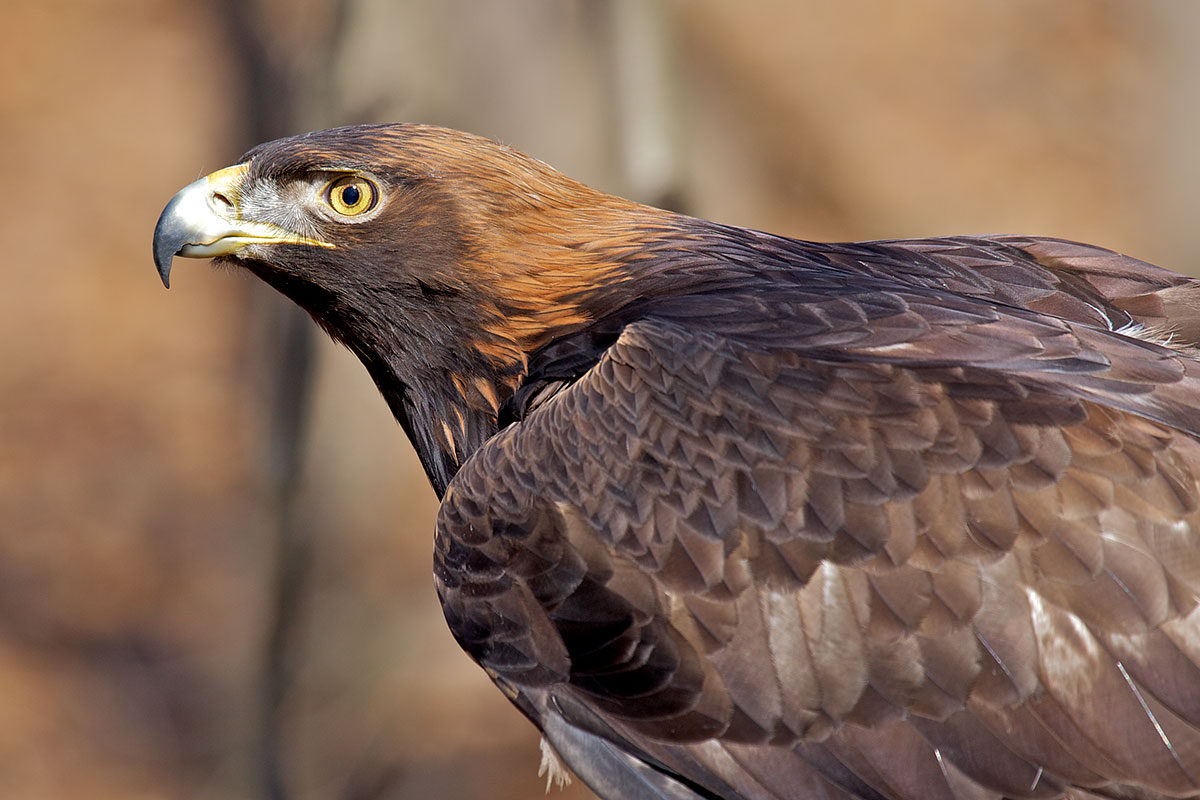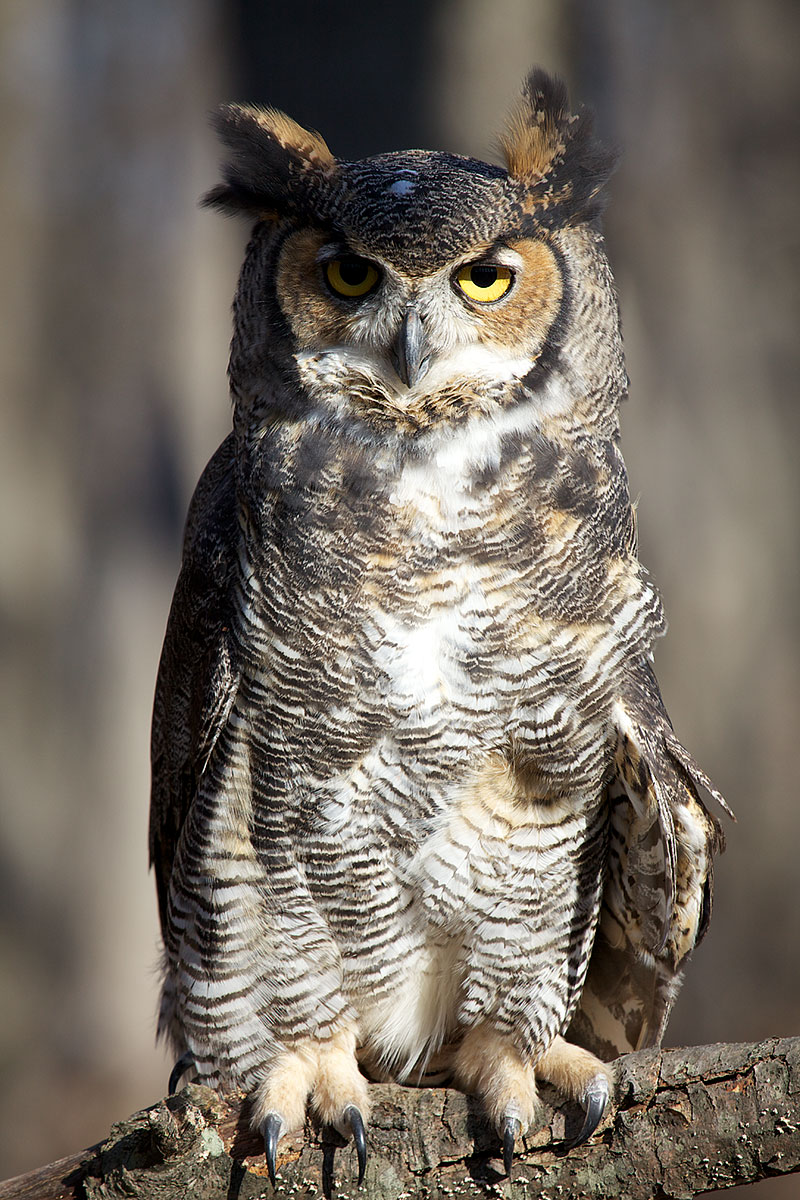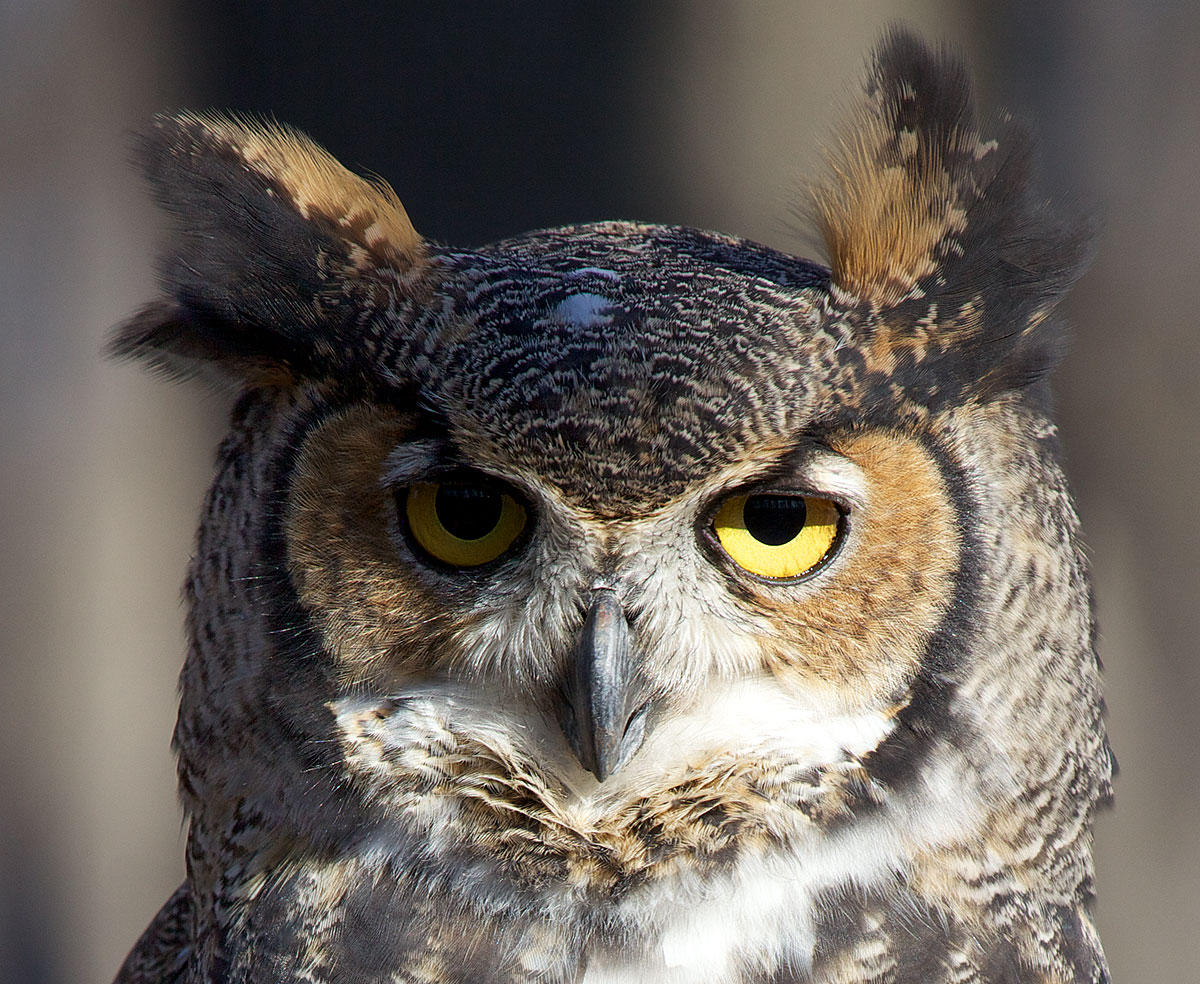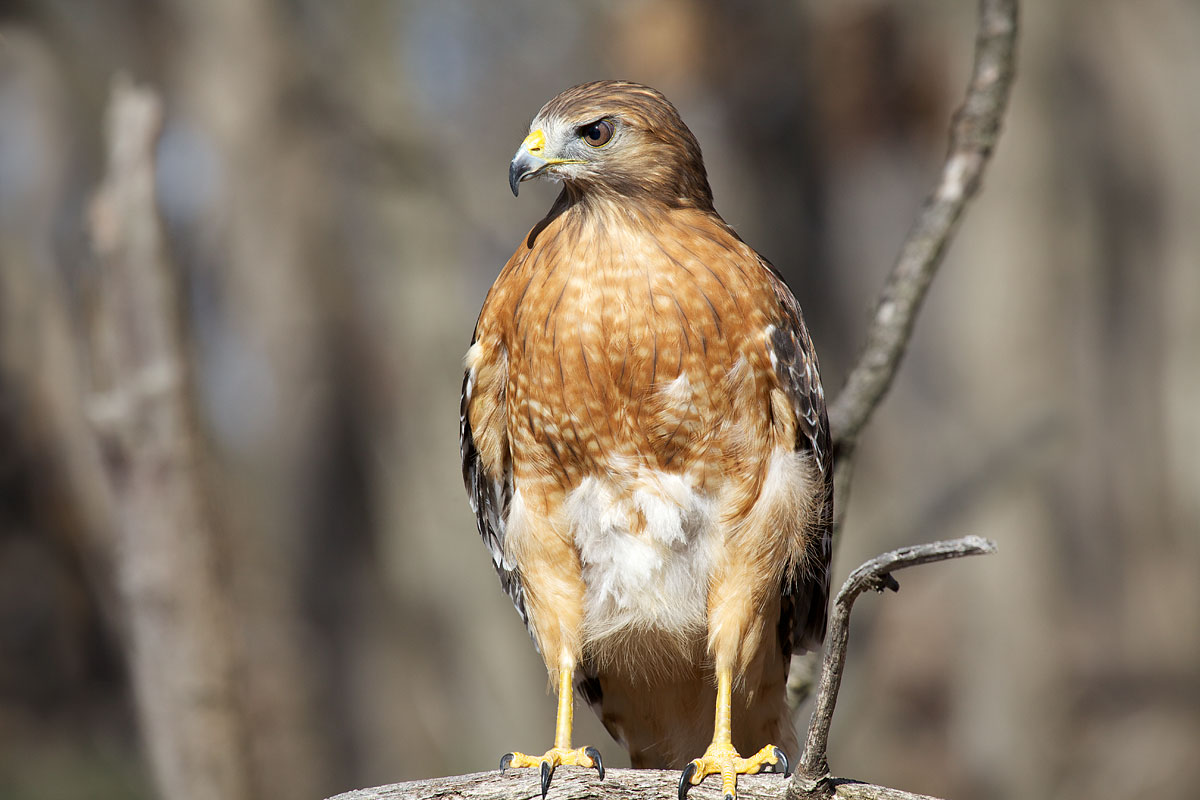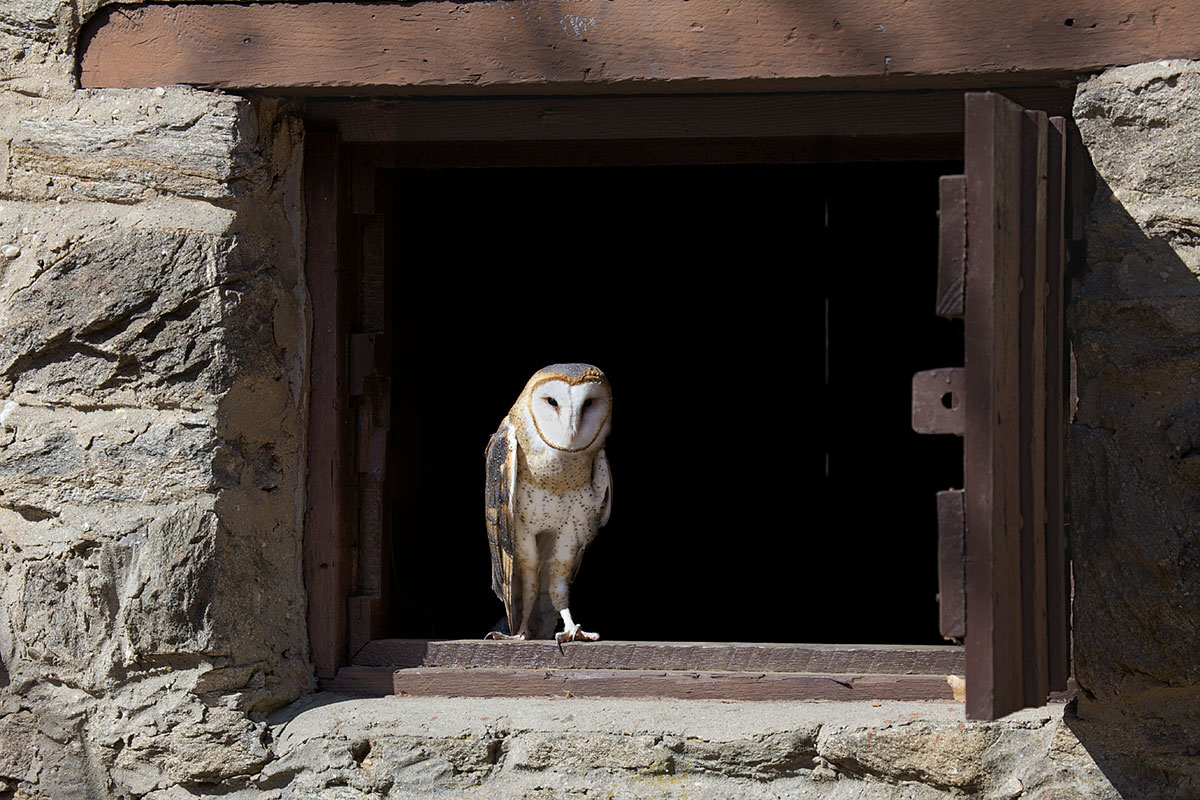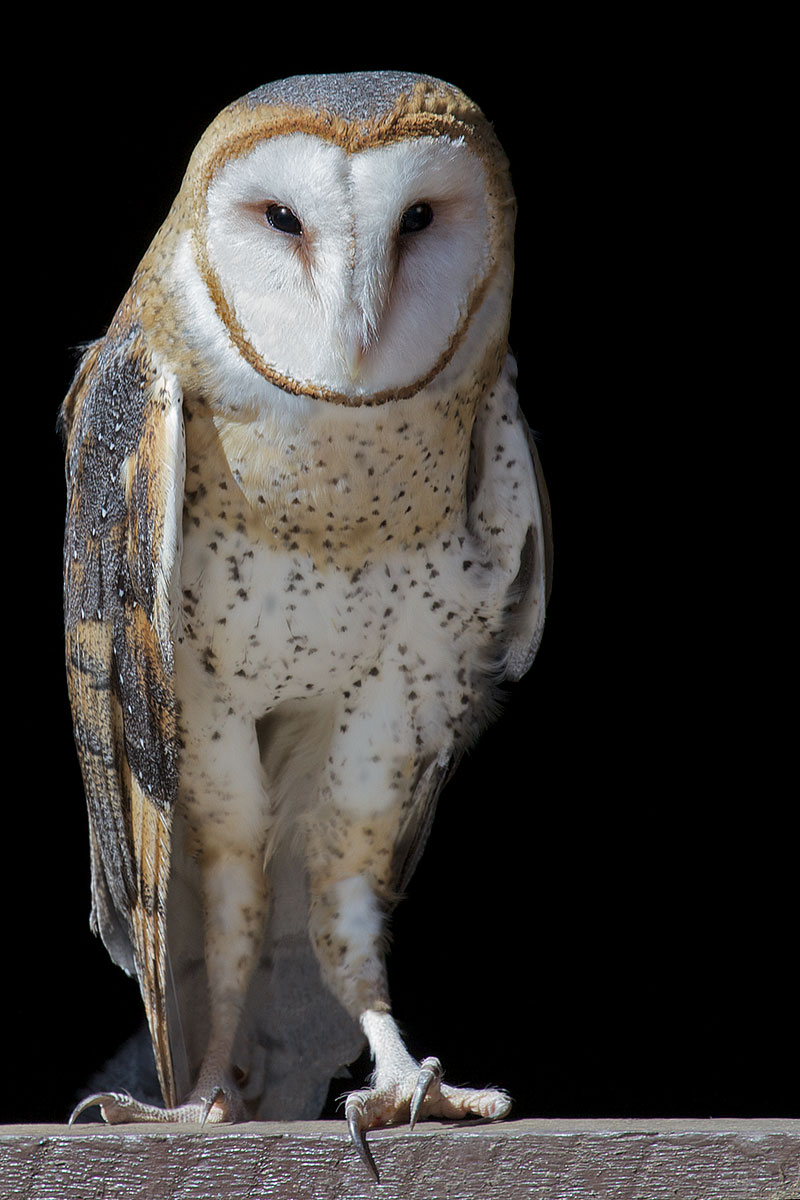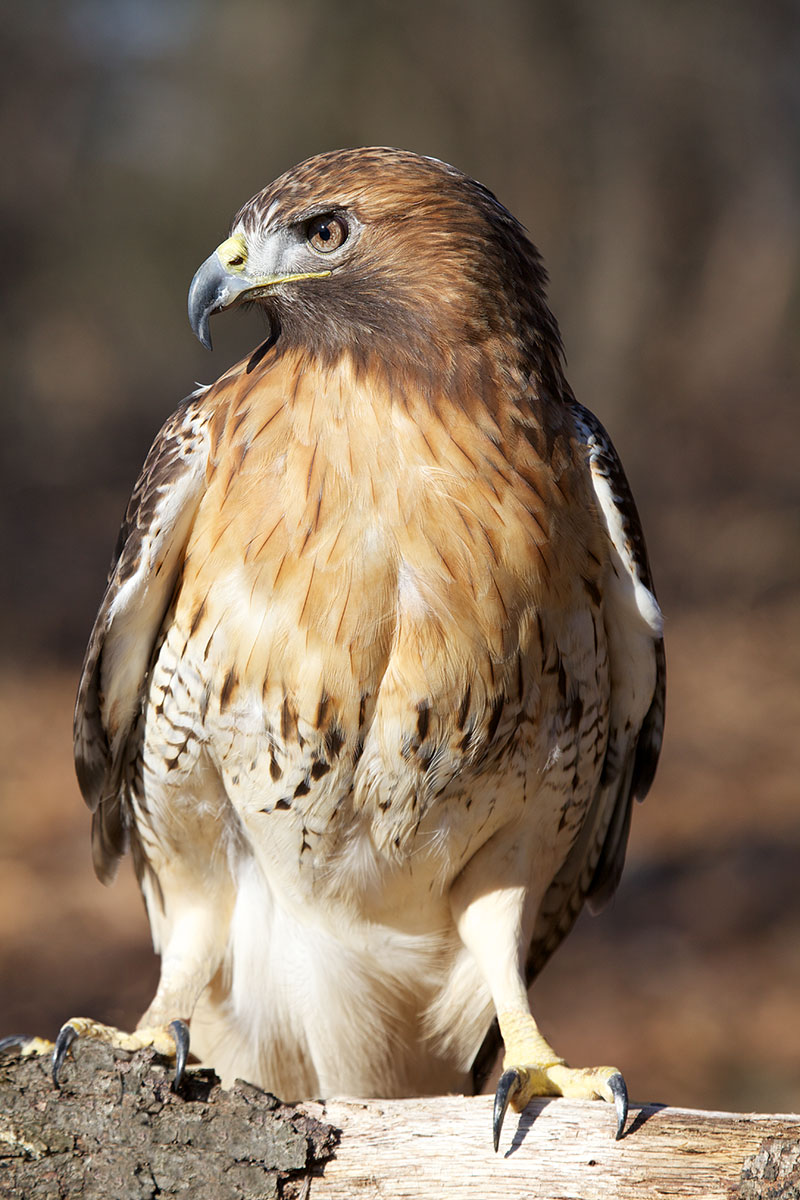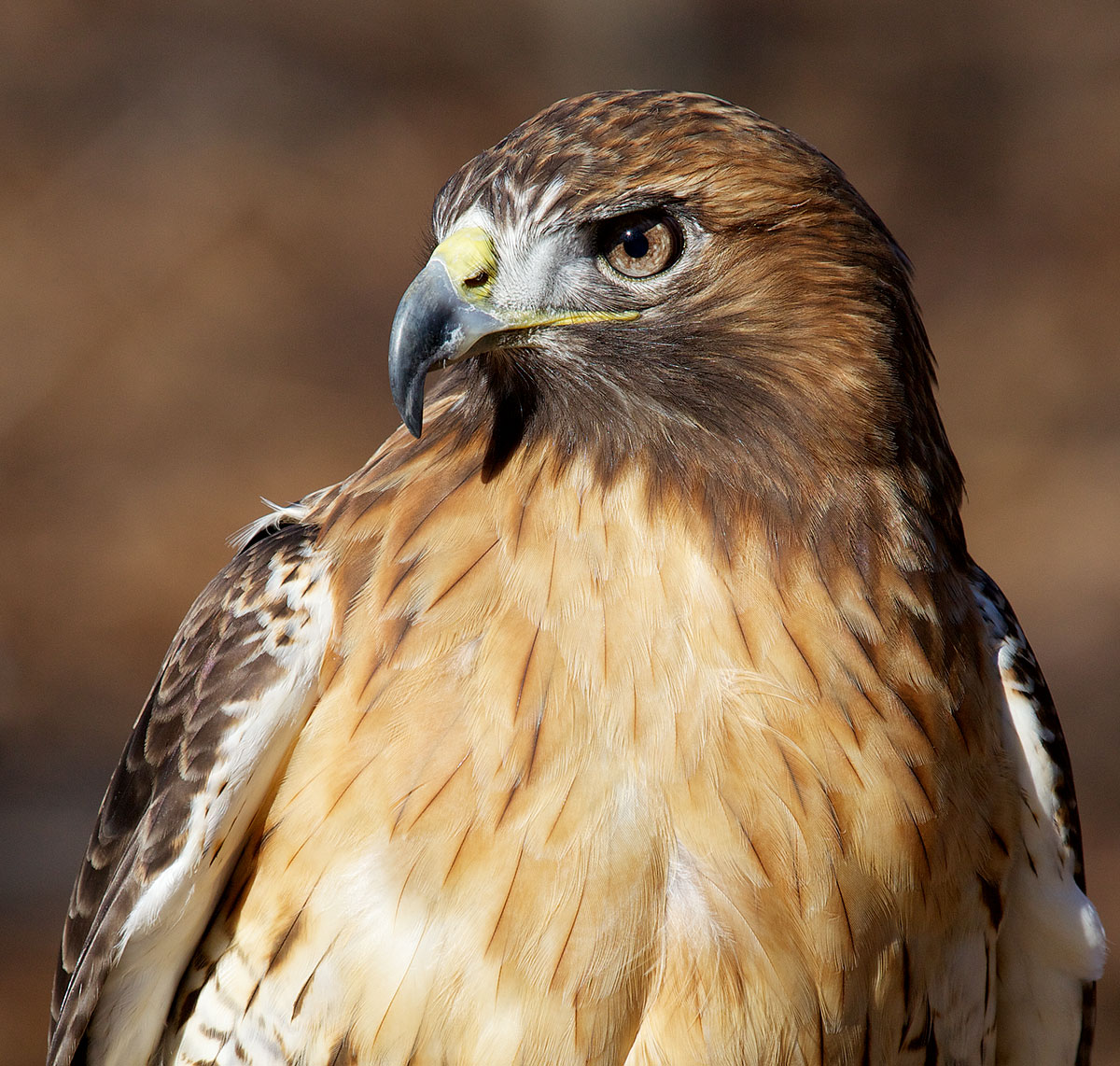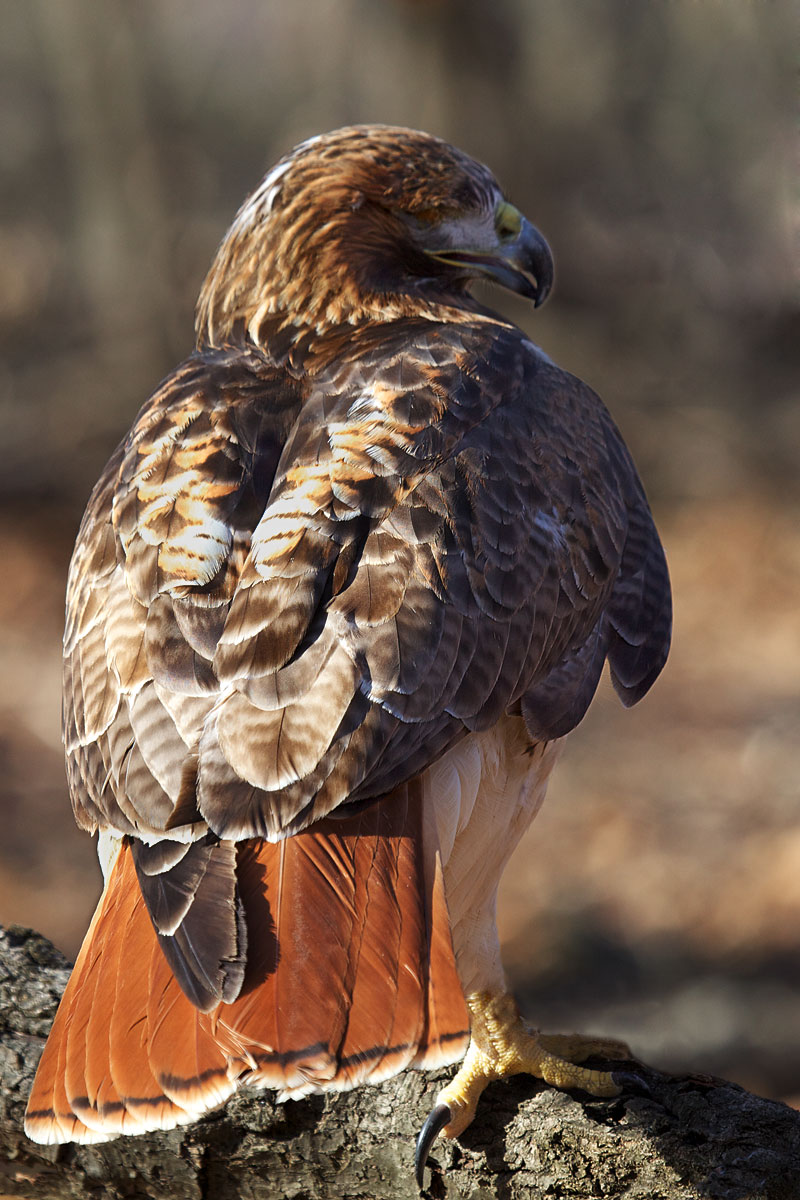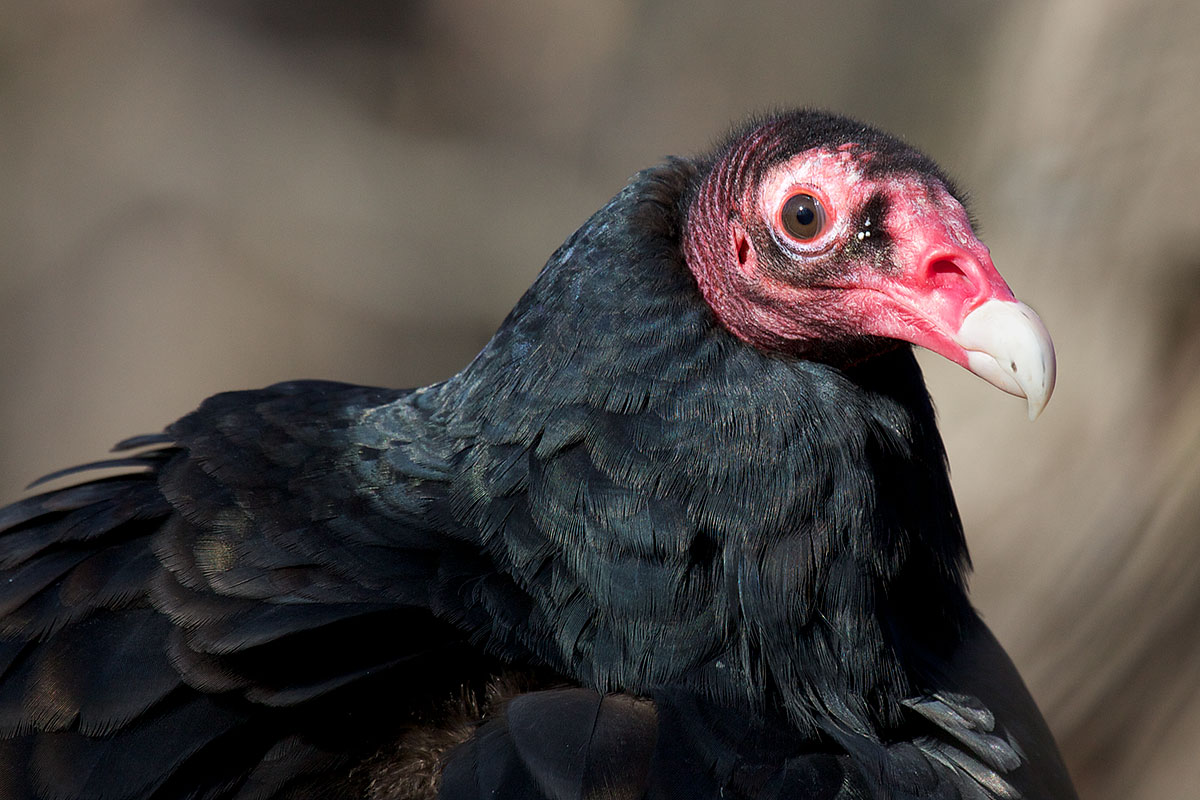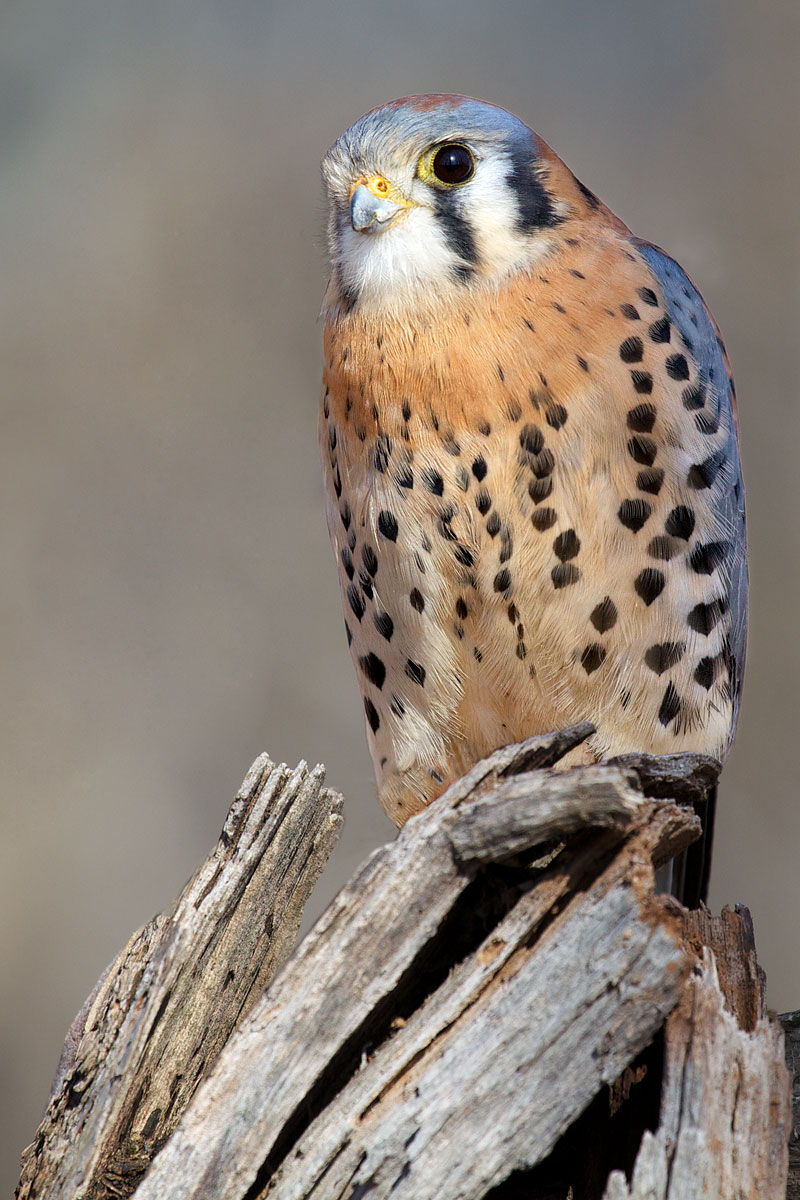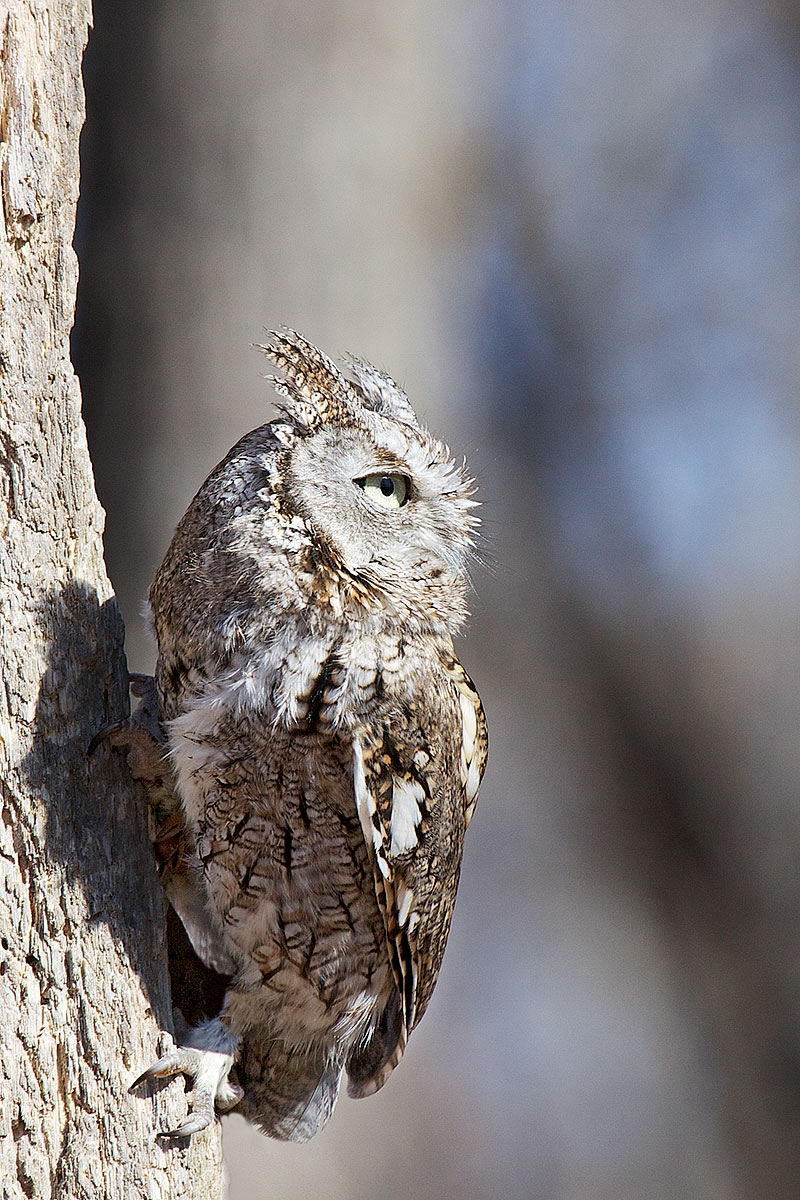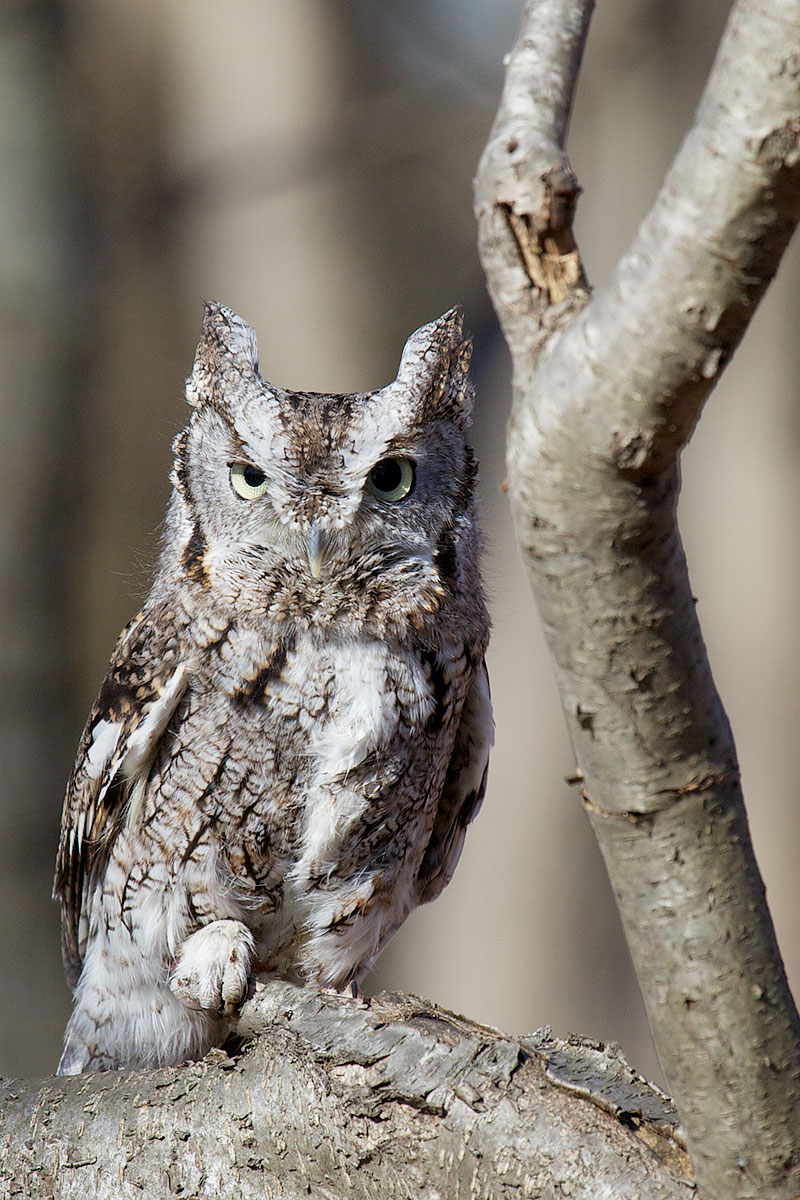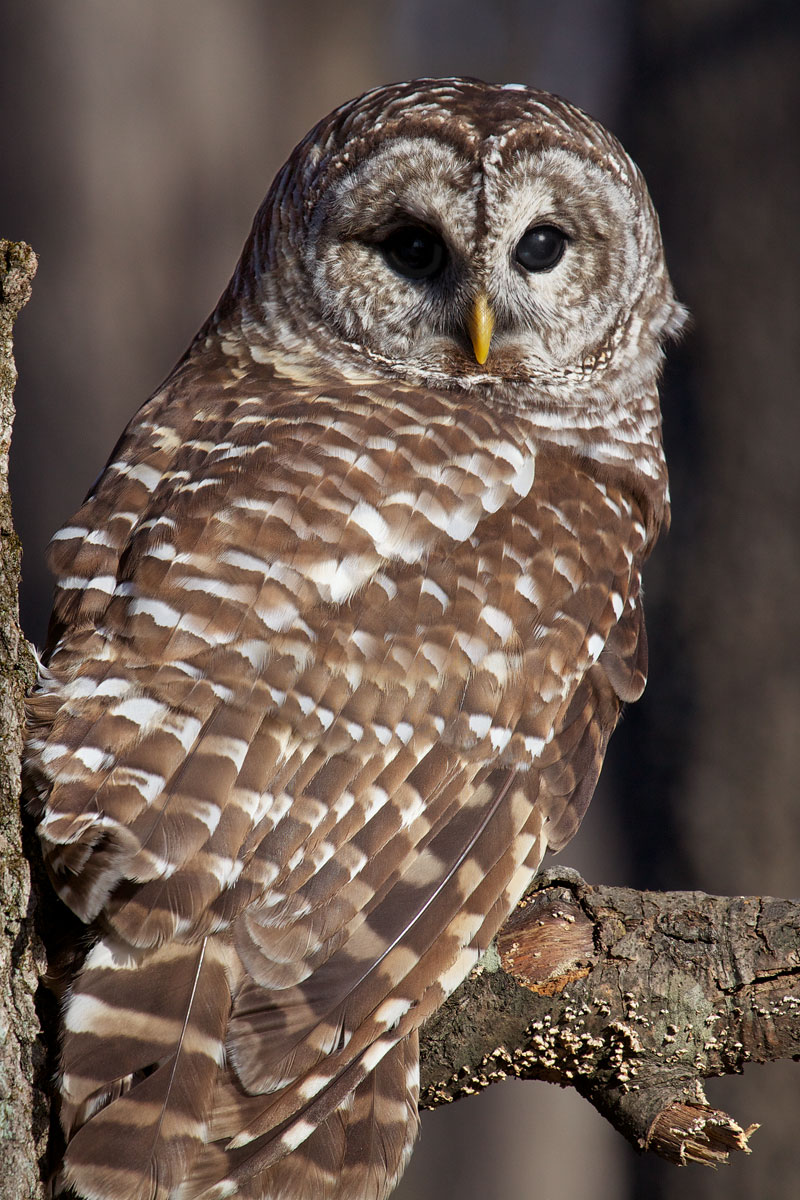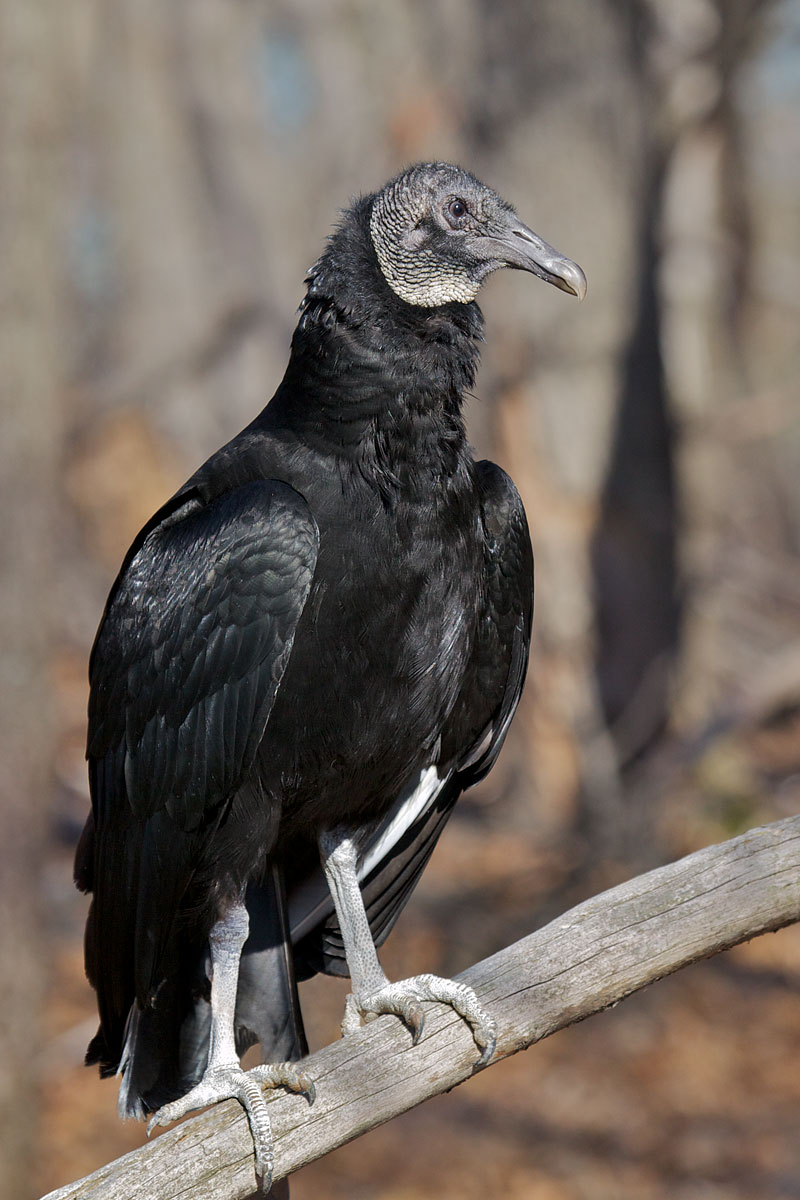Thanks to Baltimore professional photographer David Muse for conducting the educational and entertaining “Raptor Shoot” at the Soldiers Delight Natural Environmental Area in Owings Mills, Maryland, on March 26, 2011. See David’s web sites, http://baltimorephotosafari.com and http://davidmusephoto.com for more information on David Muse and guided photographic safaris. And be sure to visit the Soldiers Delight web site, because this is a remarkable natural habitat in the midst of suburbia. I can’t say enough about the skill, hard work, and friendliness of Park Ranger Vogelpohl and the skilled volunteer bird handlers at Soldiers Delight.
A raptor is a bird of prey. Raptors include eagles, hawks, falcons, and owls. The word raptor is related to the word rapture and it comes from a Latin root meaning to sieze.
The birds depicted here are all native to central-east Maryland (Baltimore and surrounding areas, among others).
For me, an astrophotographer and occasional snapshooter, learning that I could actually use a camera to make photographs in broad daylight was a real eye-opener, so to speak.
|
|
